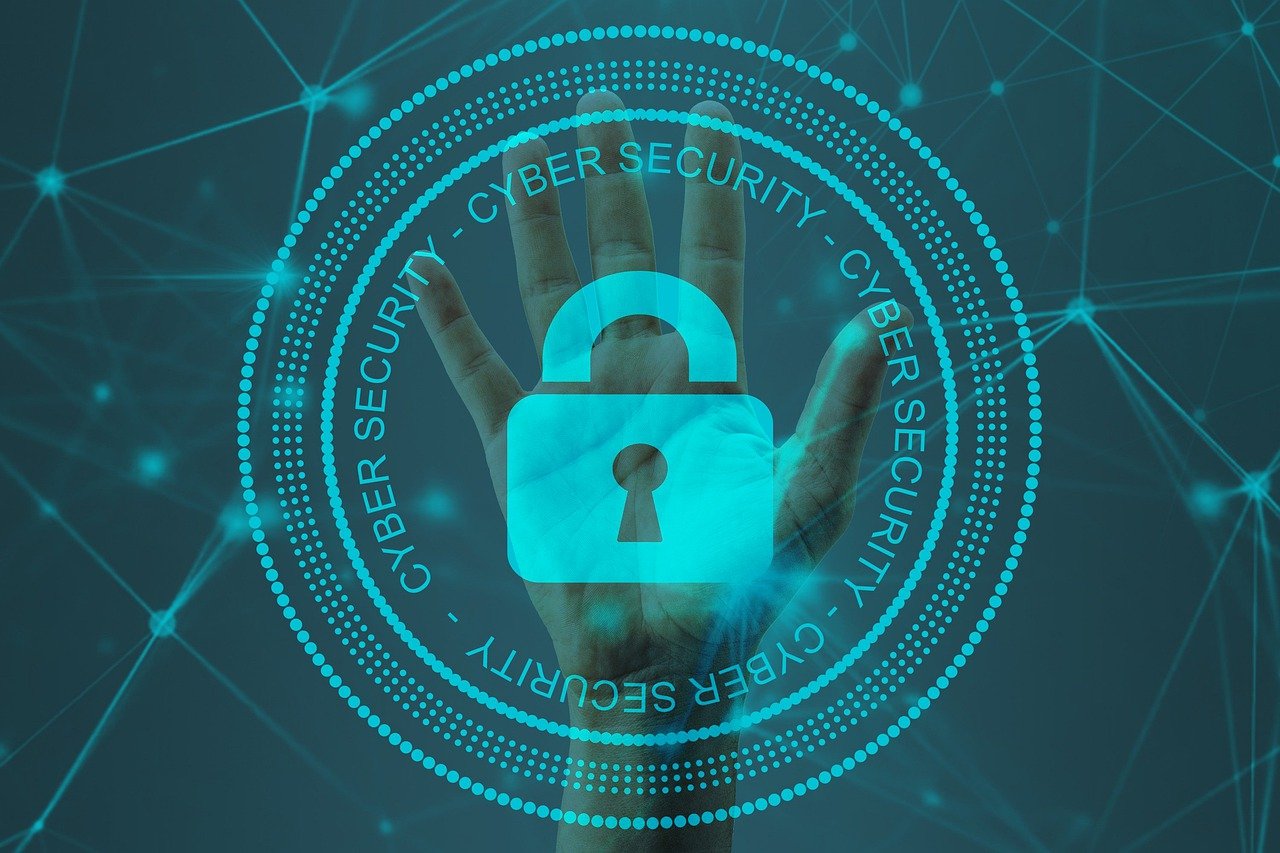Address: C76, Balewadi, Pune, Maharashtra
- Contact Sales: +91 9665099474
- Contact Email: info@insureinsights.com
Address: C76, Balewadi, Pune, Maharashtra

The COVID-19 pandemic overlaps the areas of public health and cybersecurity in ways that were not seen before, producing sobering reminders of underlying problems and ignored warnings that have continued to characterize both fields for decades. Cybersecurity always has been one of the most important pillars in digital alteration, but its importance is increased considerably in the pandemic.
In this situation, COVID – 19, everyone is spending most of their time on the internet to kill their free time, avoid people connections in public, and to measure social distancing. Even many companies made their employees work from home in this tough situation.
But there is also a negative side of the internet during the pandemic situation. Law enforcement officials report that criminals are also going to the digital platform nowadays and doing crimes like selling fake COVID-19 cures online, posing as intergovernmental or governmental health organizations in phishing emails, and sending malware into online resources in tracking the pandemic. More generally hackers have been using Covid-19 to launch phishing attacks, fake apps/maps, Trojans, backdoors, crypto miners, botnets, and ransomware to attack.
Of the 52% of assaults targeting the financial assistance sector in March 2020, 70.9% of those came from the Kryptik Trojan, which ventures to target victim devices via nefarious installers.
To protect the workforce in this lockdown is one of the biggest challenges in the field of cybersecurity. The entire user should have little knowledge of cyber-hygiene and of how to keep them safe.
Tips to manage cybersecurity by your side:
Set up Multi-factor authentication – Setting up multi-factor authentication is one of important because without it user can access their account only with a username and password. Multi-factor authentication adds another layer of protection because more than one method of authentication is needed to verify a user’s identification at the time of login.
Employees should be cautious of links attached in emails – Hackers usually send links in emails to trick employees into providing their reliable information. These links are commonly in the form of banking statements, and password recovery emails, and if an employee clicks on any of these links, they are moved to a false site that looks similar to its original one. Often such sites ask to log in or provide private information, and once hackers get access to such data, they get access to the user’s account. Therefore, employees should be
Conscious of the links in the emails.
Employees should vary their password – Employees often find it simpler to remember a single password for all of their various accounts, but it is not the safe option. They should vary their password for the various accounts they use. In this way, if a password used in an account gets breached, then those stolen credentials will not work on other accounts or sites.
The use of online debit cards should be avoided – Another vital cybersecurity tip is about making online payments. While making an online payment, one should avoid using debit cards or any such payment method that is directly tied to their bank account. Instead, one should use an option that gives an extra tier of protection between hackers and their bank accounts. One can use a credit card or can use other payment methods like PayPal.